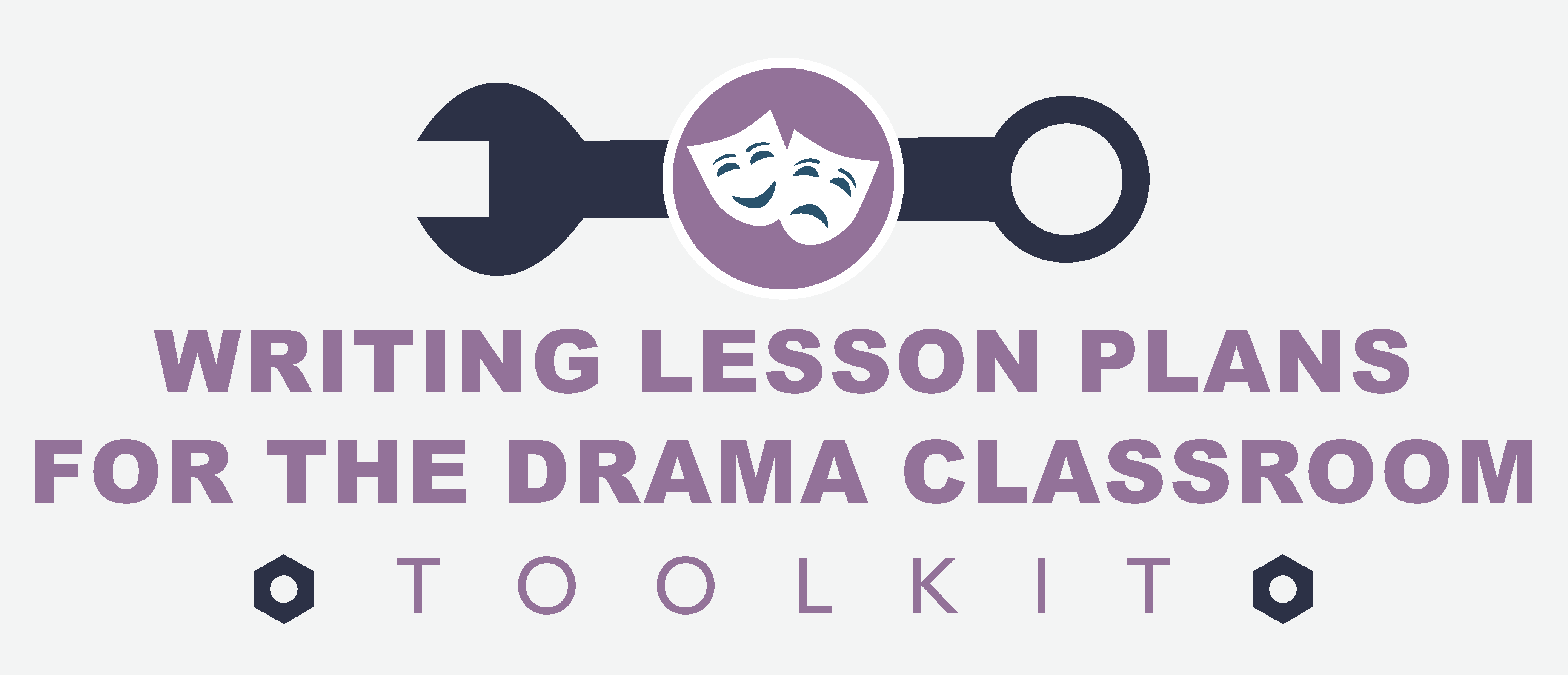Agatha Rex by Lindsay Price is a bold high school take on Antigone - packed with heart, conflict, and a powerhouse ensemble. One girl. One stand. One huge risk. *NEW COMPETITION VERSION AVAILABLE!*
Establishing Trust With Your Students
Students rely on their teachers to impart lessons with confidence, understanding, and kindness. They need to feel safe in their classroom to learn, make mistakes, fail, and try again. In short: students need to trust their teacher. But trust isn’t so easily earned, especially if you’re a new teacher. Students don’t know anything about you, your background, or your teaching style. It’s up to you to earn their trust. Here are five tips to help you do that:
1. Listen and recall.
I’ve been talking a lot about this in the past few blog posts, but listening to your students is so important for establishing trust, connection, and communication. Listen to what your students are saying and recall that information when an appropriate moment comes up. Remembering things like an important upcoming event, an interest, an allergy, a fear, etc. will let students know that you’ve been listening to them. A student who feels heard is a student who feels valued, and they will be more likely to trust you.
As well as listening to what they’re saying, be sure to also observe what they’re communicating nonverbally through body language, and note what they’re journaling about. These can provide further insight into your students’ thoughts and feelings.
Here’s another article about active listening: Hearing or Listening?
2. Follow through.
If you tell your students you’re going to do something, make every effort to follow through. It could be anything from giving extra time for students to rehearse, allowing time to play improv games at the end of class, or making the class popcorn for a screening of a play they’re studying. This is an “actions speak louder than words” opportunity to build trust. Students remember these actions, but they remember being let down if we forget even more.
3. Demonstrate confidence and competence.
A great teacher knows their subject inside and out, is organized, explains concepts in ways their students can understand, and thinks on their feet. They’re prepared for class and enthusiastic about their subject. By being excited about their subject, they show students that learning more about the topic is worth their time. They trust that their teacher knows what they’re doing and that they’re not going to be led astray.
4. Admit your mistakes.
While you’re an awesome, confident, knowledgeable teacher, you’re only human, and you’re learning too. Show your vulnerability and admit when you make a mistake or don’t know something. If a student points out a typo in one of your handouts or an error on a PowerPoint presentation, accept the note and acknowledge the mistake. If a student asks you a question that you don’t know the answer to, say so. Then find out the answer and get back to them. Showing students vulnerability teaches them that mistakes are how we learn. We are always learning, no matter our age, previous training, or level of experience.
5. Let them lead.
Leadership opportunities are a fabulous way for students to learn. They show students that you trust them with their own learning as well as that of their peers. Students can lead warm-ups, direct scenes, create and perform their own monologues and scenes, and take on new and different production roles. Students get a wealth of hands-on learning, a feeling of empowerment, and a sense of pride from being entrusted by the teacher to lead.
Further Reading:
Warm-Up Exercises for Trust Building



